1.Are air tents easy to put up?
Pitching an inflatable tent couldn’t be easier. Simply attach the pump and then it should only take a couple of minutes to inflate each air beam. Once the tent is fully inflated, double-check that all of the air valves are firmly closed and then secure your tent to the ground with the guy ropes and pegs.
Preparation:
- Choose a Suitable Site: Select a flat and level area for your tent. Clear the ground of any rocks, sticks, or debris that could potentially damage the tent floor or cause discomfort during sleep.
Unpacking:
- Lay Out the Tent: Unpack the tent and lay it out on the ground. Take note of the orientation and make sure all parts are accounted for, including the tent body, inflatable beams, pump, stakes, and guylines.
Assemble the Pump:
- Attach the Pump: If the tent comes with a specific pump, attach it to the inflation points on the tent. Many air tents have valves that are compatible with the pump provided.
Inflation:
- Inflate the Beams: Start inflating the inflatable beams or poles. Some tents have separate inflation points for each beam, making it easy to inflate them individually. Use the pump to add air until the beams are fully rigid.
Securing the Tent:
- Stake the Corners: Once the tent is inflated, stake down the corners to secure it to the ground. Ensure that the tent is stretched out and aligned properly.
Fine-Tuning:
- Adjust Tension: Check the tension of the tent fabric. Many air tents have adjustable straps or tensioning systems that allow you to fine-tune the tightness of the tent.
Additional Setup (if applicable):
- Attach Rainfly: If your tent comes with a separate rainfly, attach it over the tent body for weather protection. Some air tents have integrated rainfly designs.
- Set Up Vestibules: If your tent has vestibules or additional sections, set them up as needed.
Final Checks:
- Check Zippers and Doors: Ensure that all zippers are functioning correctly and that doors open and close smoothly.
- Secure Guy Lines: If your tent has additional guy lines, use them to enhance stability, especially in windy conditions.
Completion:
- Enjoy Your Tent: Once everything is set up and secured, your air tent is ready for use. Move in your sleeping gear and other camping essentials and enjoy your stay!
The key advantage of air tents is their simplicity and speed of setup, making them an excellent choice for campers who prioritize convenience and efficiency.
2.Can air tent be used all year round?
Air tents have a sealed construction and are made of durable materials. This makes this type of shelter resistant to winds, heavy rains, and snowfalls, so with an all-season air tent, you can plan a camping trip at any time of the year.
3.Can I customize the air tent for a specific event or occasion?
While air tents themselves may not offer as much customization as certain traditional tents, there are still ways you can personalize and adapt them for specific events or occasions. Here are some suggestions:
Customized Branding:
- If you are using the tent for a promotional event, trade show, or corporate gathering, you can add custom branding to the tent. This might include logos, company names, or specific graphics. Some tent manufacturers offer options for custom printing.
Color Options:
- Check if the air tent is available in different color options. Some manufacturers provide a variety of colors, allowing you to choose a tent that matches the theme or branding of your event.
Custom Accessories:
- Enhance the functionality or appearance of the tent by adding custom accessories. This could include branded sidewalls, custom flooring, or unique lighting options. Many air tents have accessory compatibility that allows for customization.
Event-Specific Decor:
- Decorate the interior of the tent to suit the theme of your event. Consider using banners, flags, or other decorations that can be easily hung or attached to the tent’s interior structure.
Partitioning:
- Some air tents are designed with multiple rooms or compartments. You can use these configurations to create distinct areas within the tent for different purposes, such as changing rooms, lounges, or product display areas.
Furniture and Seating Arrangements:
- Customize the interior layout by adding specific furniture or arranging seating in a way that suits the event. This is particularly useful for parties, weddings, or other gatherings.
Inflatable Structures:
- Explore inflatable structures or additions that complement the air tent. Inflatable furniture, arches, or decorative elements can contribute to the overall theme and atmosphere of the event.
Lighting:
- Experiment with different lighting options to create a unique ambiance. String lights, LED strips, or other decorative lighting fixtures can be easily incorporated into the tent’s structure.
Branded Inflatables:
- If the event is promotional in nature, consider using branded inflatable elements outside the tent, such as inflatable arches, balloons, or other structures that can attract attention.
Custom Flooring:
- Depending on the event, you might want to invest in custom flooring options. This could include carpets, turf, or other materials that enhance the aesthetics and comfort of the tent interior.
Before making any modifications or additions to your air tent, be sure to check with the manufacturer to ensure that the changes won’t compromise the structural integrity or warranty of the tent. Additionally, if the tent is being used for commercial purposes, check local regulations and permits to ensure compliance.
5.What are the safety precautions for air tent?



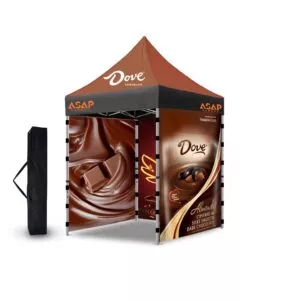
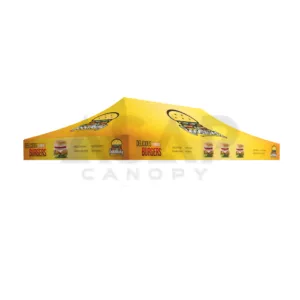
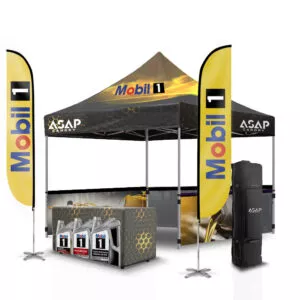
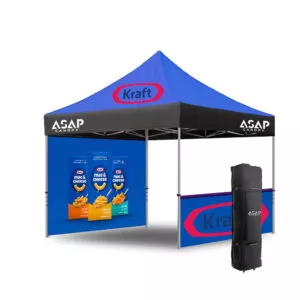
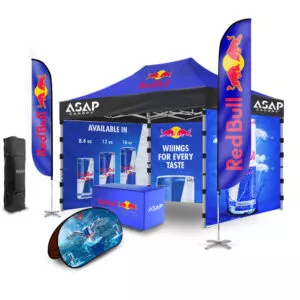
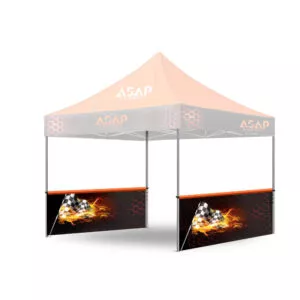

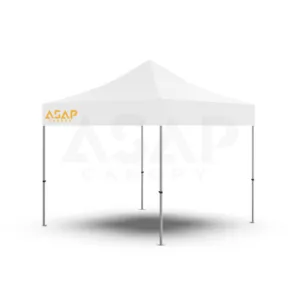
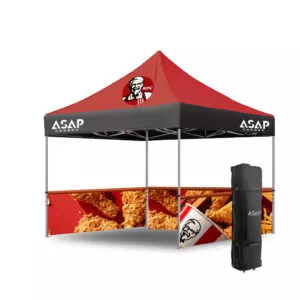

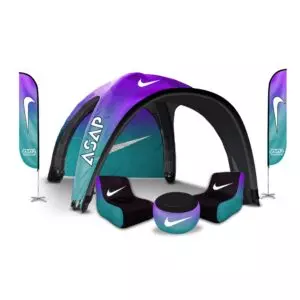
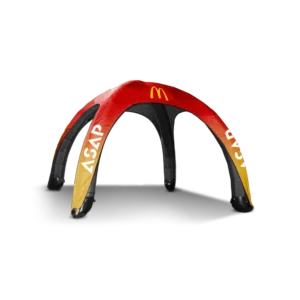
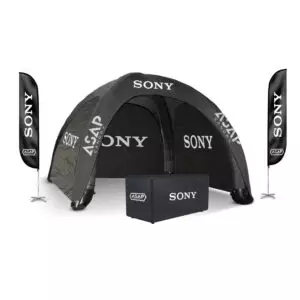
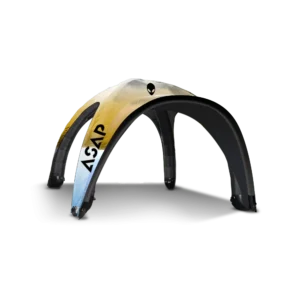
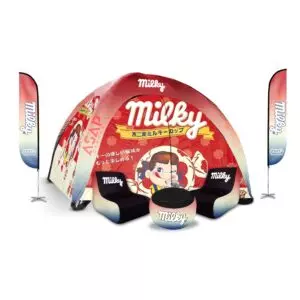

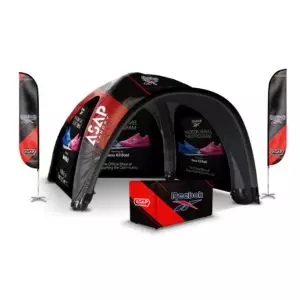

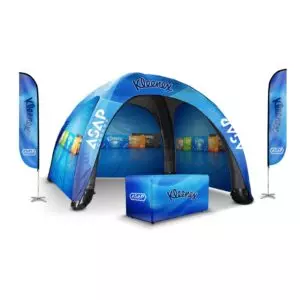

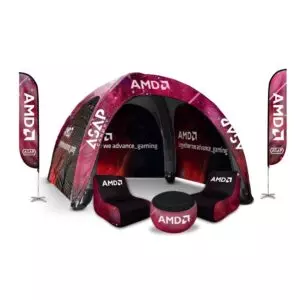
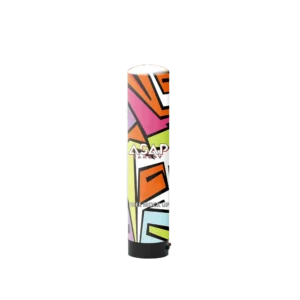

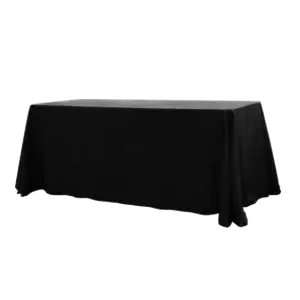

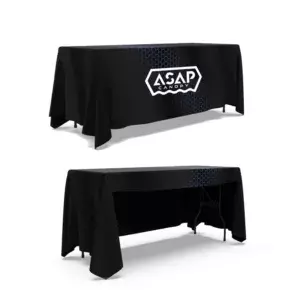

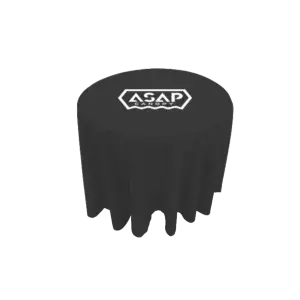
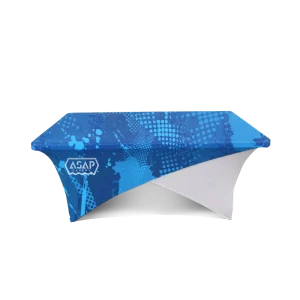
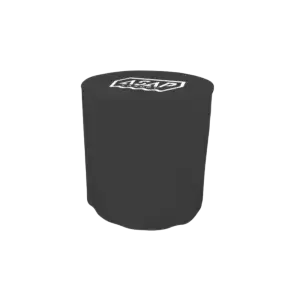
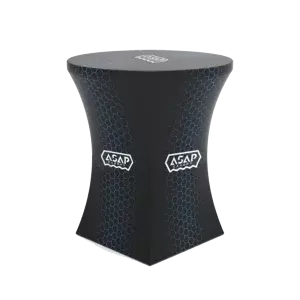
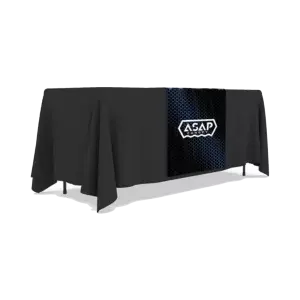
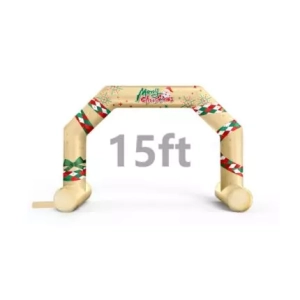
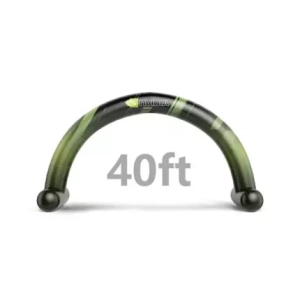
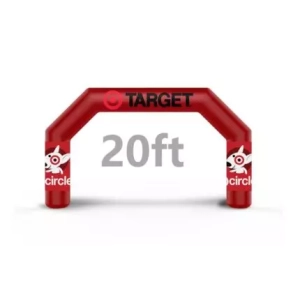
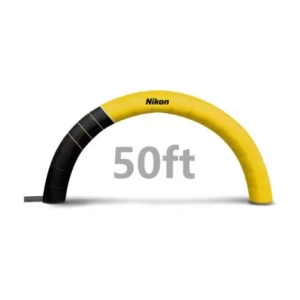

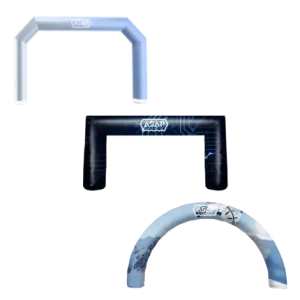
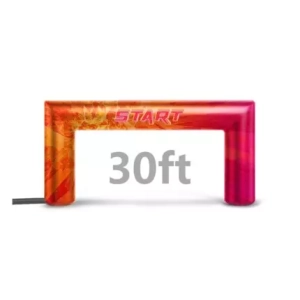



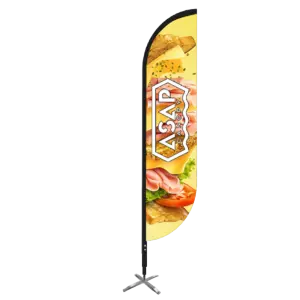
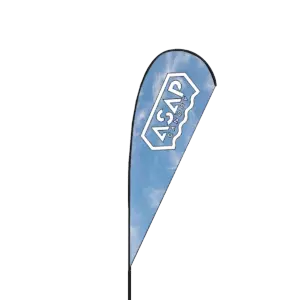
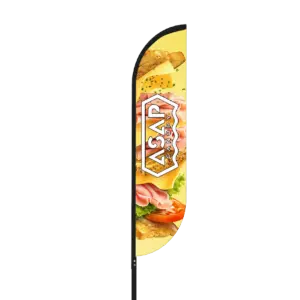

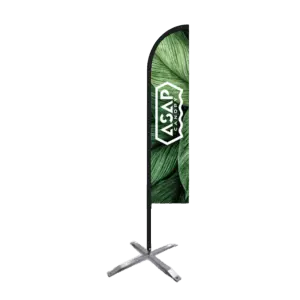

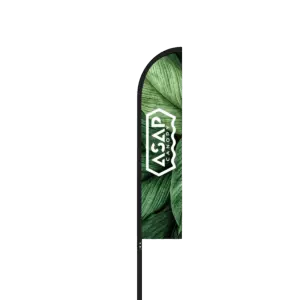



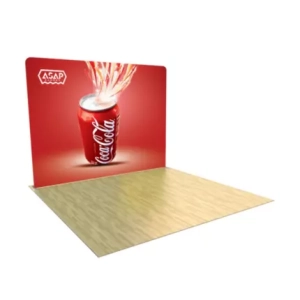
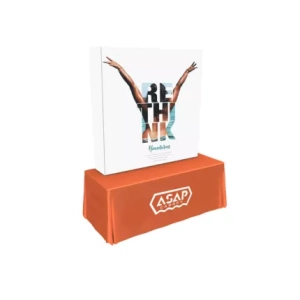
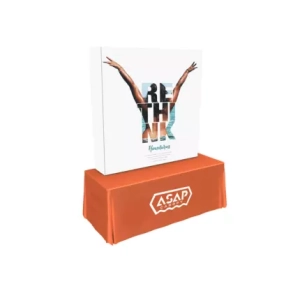

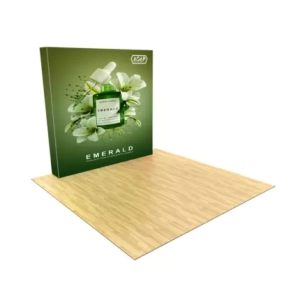
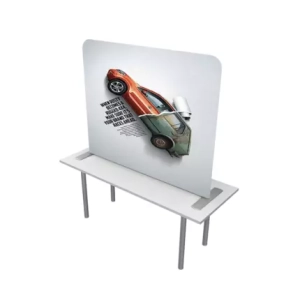
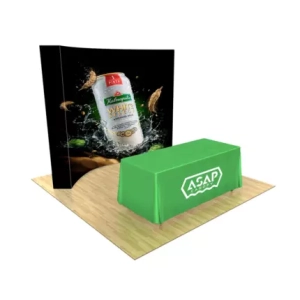




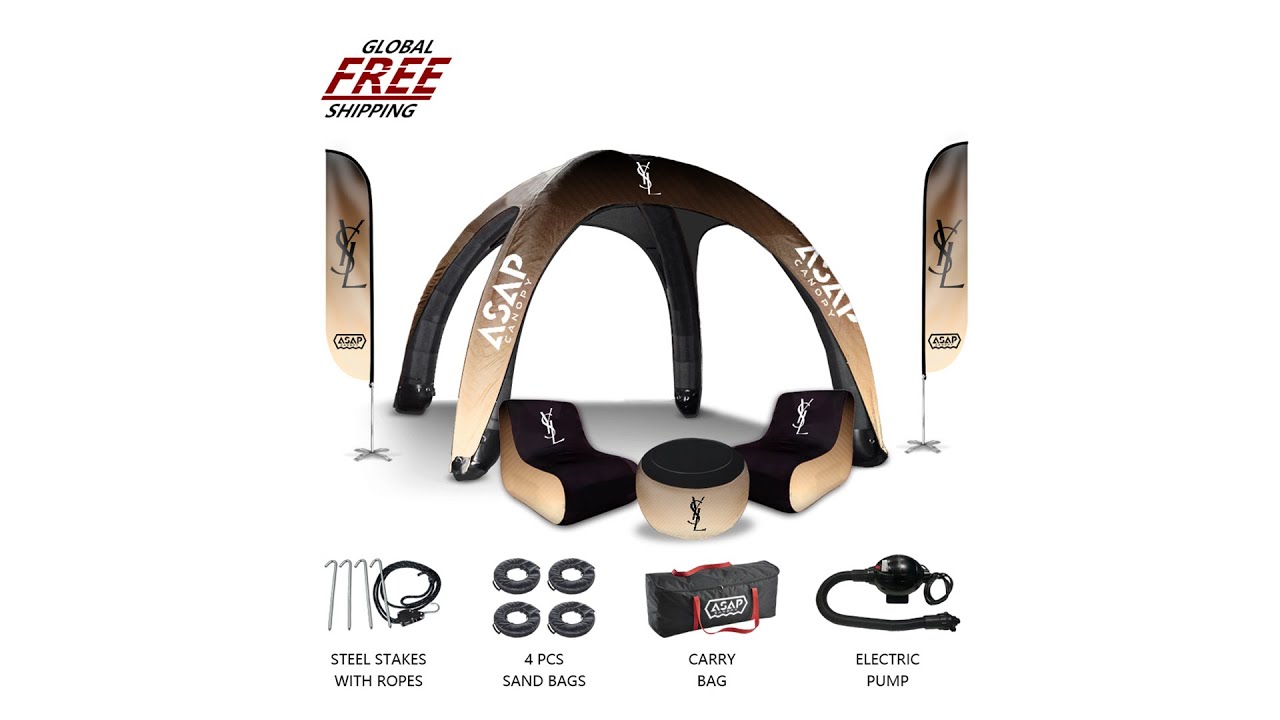

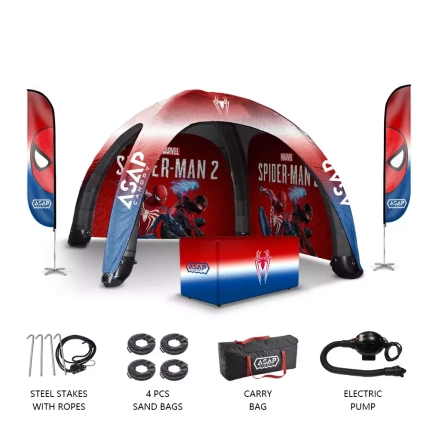

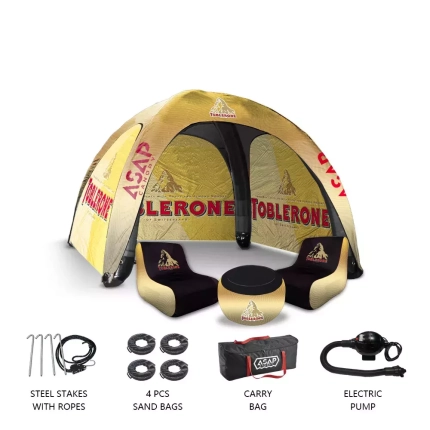

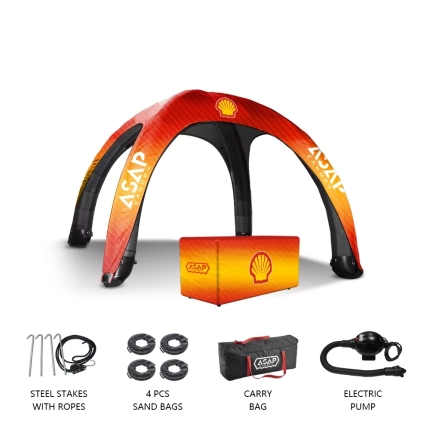
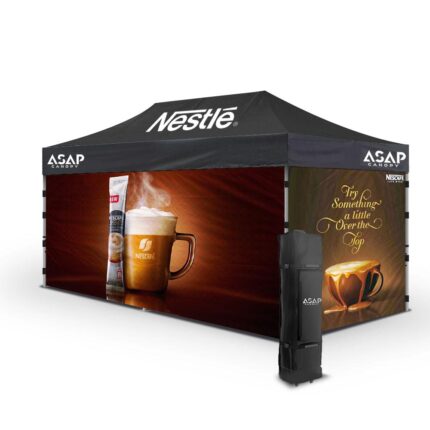
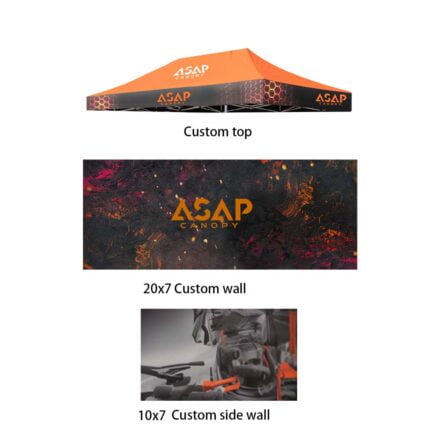

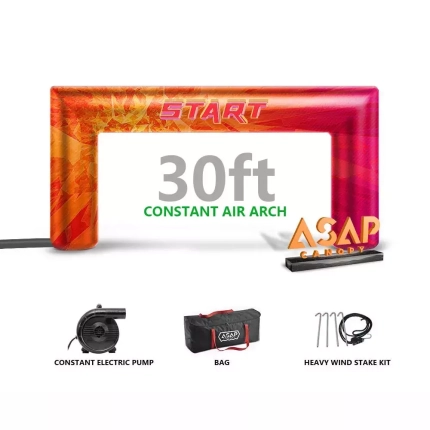


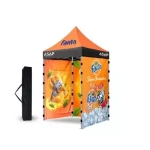 5×5 Pop Up Tent
5×5 Pop Up Tent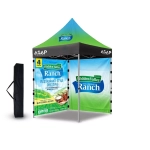 6.5×6.5 Pop Up Tent
6.5×6.5 Pop Up Tent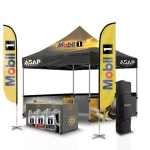 10×10 Canopy Tent
10×10 Canopy Tent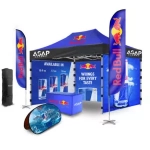 10×15 Canopy Tent
10×15 Canopy Tent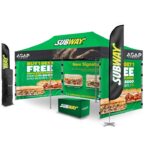 10×20 Canopy Tent
10×20 Canopy Tent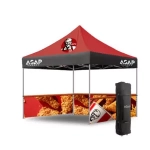 Canopy Options
Canopy Options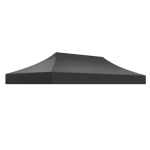 Blank Canopy Top
Blank Canopy Top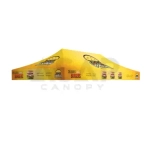 Canopy Top
Canopy Top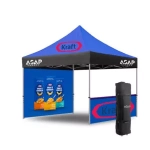 Canopy Walls
Canopy Walls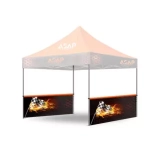 Canopy Side Skirt
Canopy Side Skirt Blank Canopy
Blank Canopy Blank Canopy Kit
Blank Canopy Kit
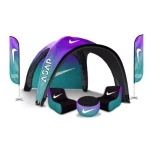 Inflatable Canopy Tents 10×10
Inflatable Canopy Tents 10×10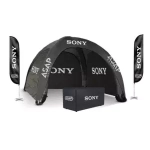 Inflatable Canopy Tents 13×13
Inflatable Canopy Tents 13×13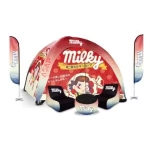 Inflatable Canopy Tents 16×16
Inflatable Canopy Tents 16×16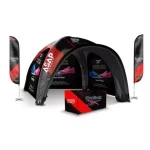 Inflatable Canopy Tents 20×20
Inflatable Canopy Tents 20×20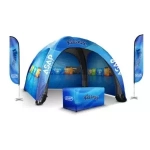 Inflatable Canopy Tents 23×23
Inflatable Canopy Tents 23×23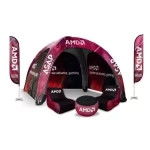 Inflatable Canopy Tents 26×26
Inflatable Canopy Tents 26×26 Inflatable Spider Tents
Inflatable Spider Tents Inflatable Dome Tents
Inflatable Dome Tents Inflatable Eclipse Tents
Inflatable Eclipse Tents Inflatable Party Tent
Inflatable Party Tent Inflatable Furniture
Inflatable Furniture Inflatable Pillar
Inflatable Pillar
 Single Pole Star Tents
Single Pole Star Tents Double Pole Star Tents
Double Pole Star Tents
 15FT Inflatable Arches
15FT Inflatable Arches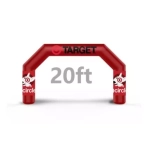 20FT Inflatable Arches
20FT Inflatable Arches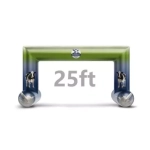 25FT Inflatable Arches
25FT Inflatable Arches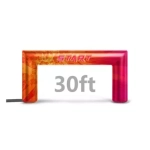 30FT Inflatable Arches
30FT Inflatable Arches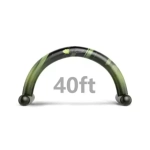 40FT Inflatable Arches
40FT Inflatable Arches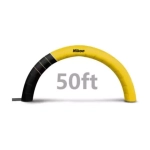 50FT Inflatable Arches
50FT Inflatable Arches Custom Constant Arches
Custom Constant Arches Custom Sealed Arches
Custom Sealed Arches
 Fitted Table Covers
Fitted Table Covers Stretch-Fit Table Covers
Stretch-Fit Table Covers Loose Table Throws
Loose Table Throws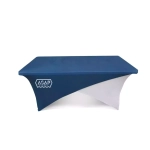 Cross-Over Stretch-Fit Table Cover
Cross-Over Stretch-Fit Table Cover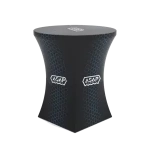 Round Stretch-Fit Table Cover
Round Stretch-Fit Table Cover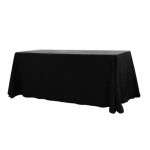 Blank Table Throws
Blank Table Throws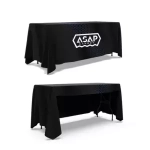 3-Sided Loose Table Throw
3-Sided Loose Table Throw Round Fitted Table Covers
Round Fitted Table Covers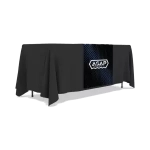 Table Runners
Table Runners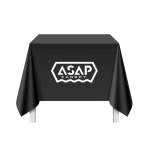 Square Table Covers
Square Table Covers
 Feather Flags
Feather Flags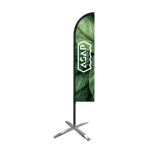 Blade Flags
Blade Flags Feather Banner
Feather Banner Blade Banner
Blade Banner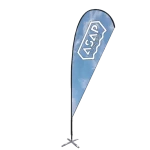 Teardrop Flags
Teardrop Flags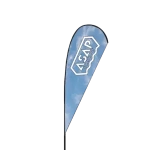 Teardrop Banner
Teardrop Banner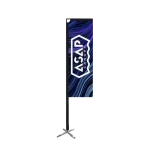 Rectangle Flags
Rectangle Flags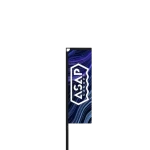 Rectangle Banner
Rectangle Banner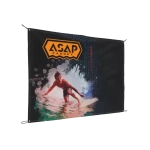 Mesh Event Banners
Mesh Event Banners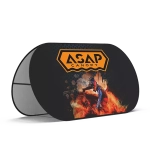 Pop Out Banner Horizontal
Pop Out Banner Horizontal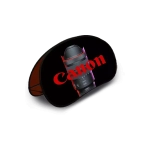 Pop-Out Banner Vertical
Pop-Out Banner Vertical
 Trade Show Display
Trade Show Display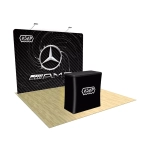 Trade Show Display Kit
Trade Show Display Kit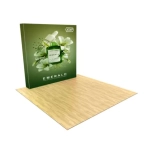 Pop Up Trade Show Display
Pop Up Trade Show Display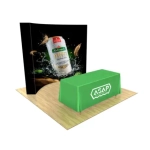 Pop Up Trade Show Display Deluxe Kit
Pop Up Trade Show Display Deluxe Kit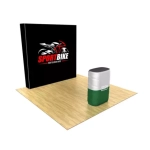 Pop Up Trade Show Display Kit
Pop Up Trade Show Display Kit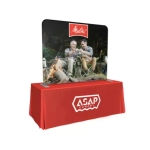 TableTop Displays Kit
TableTop Displays Kit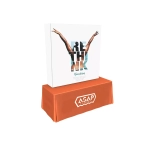 Pop Up Tabletop Display Kit
Pop Up Tabletop Display Kit Pop Up Tabletop Display
Pop Up Tabletop Display Tabletop Display
Tabletop Display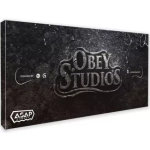 Straight Trade Show Exhibit Booth
Straight Trade Show Exhibit Booth Banner Stand
Banner Stand
 Tent Accessories
Tent Accessories Flag Accessories
Flag Accessories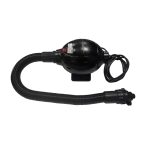 Arch Accessories
Arch Accessories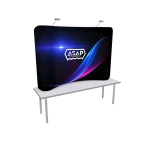 Trade Show Accessories
Trade Show Accessories
